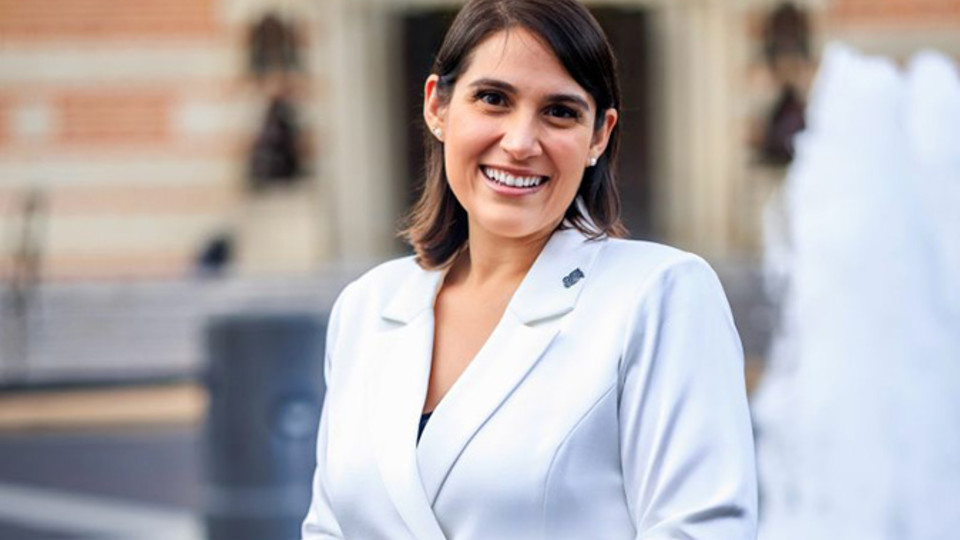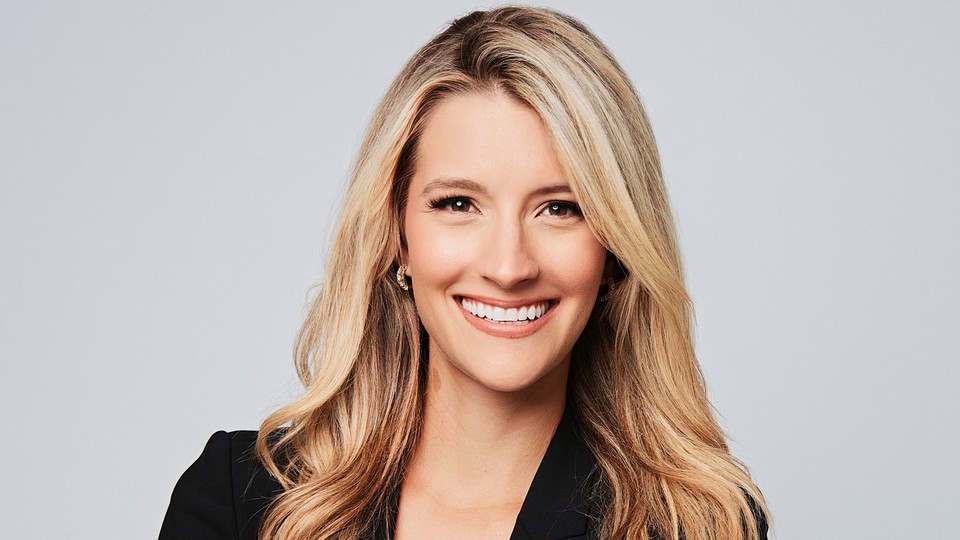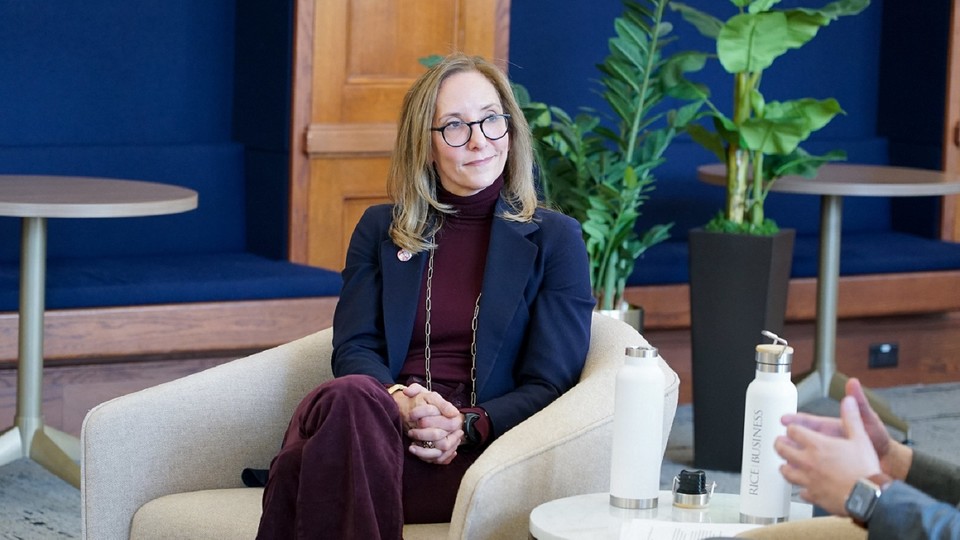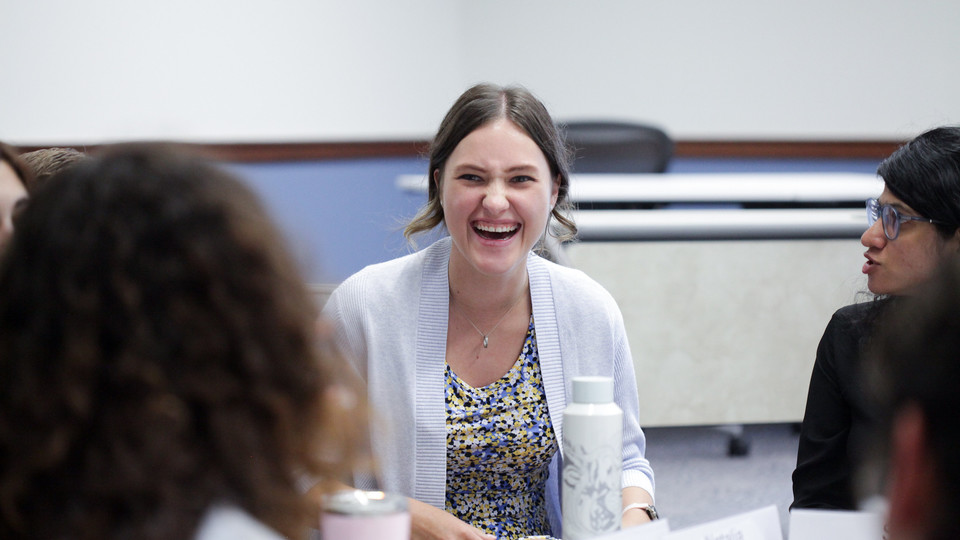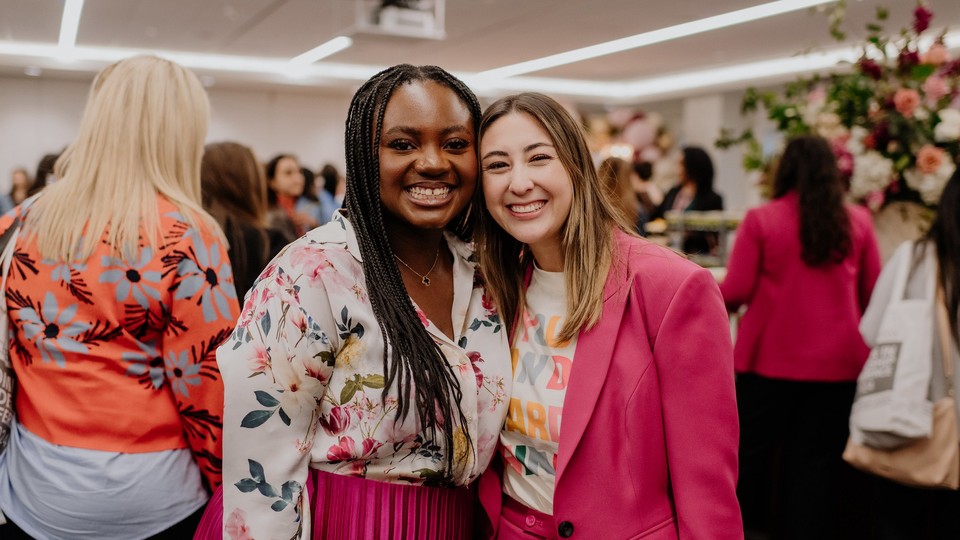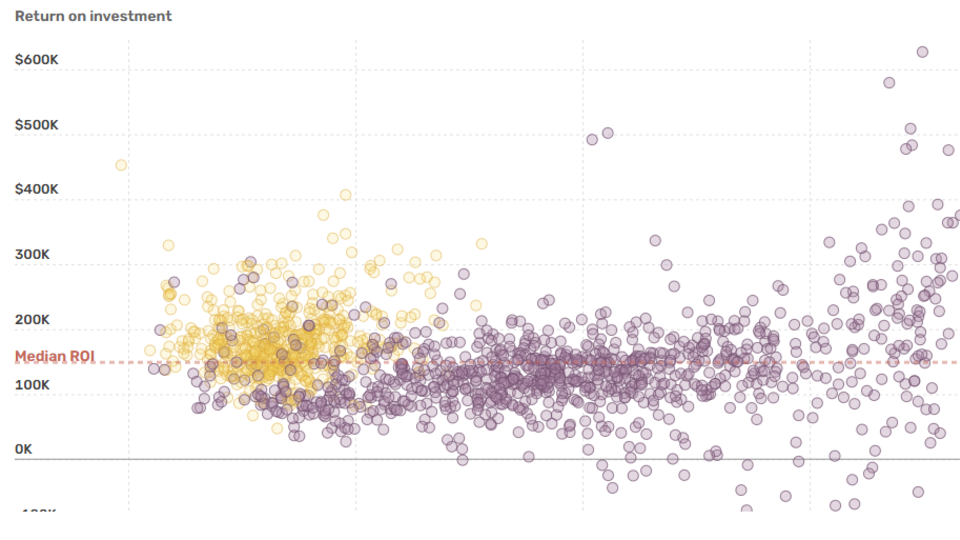Lightening the Load
How the science of possessions can help foster care kids
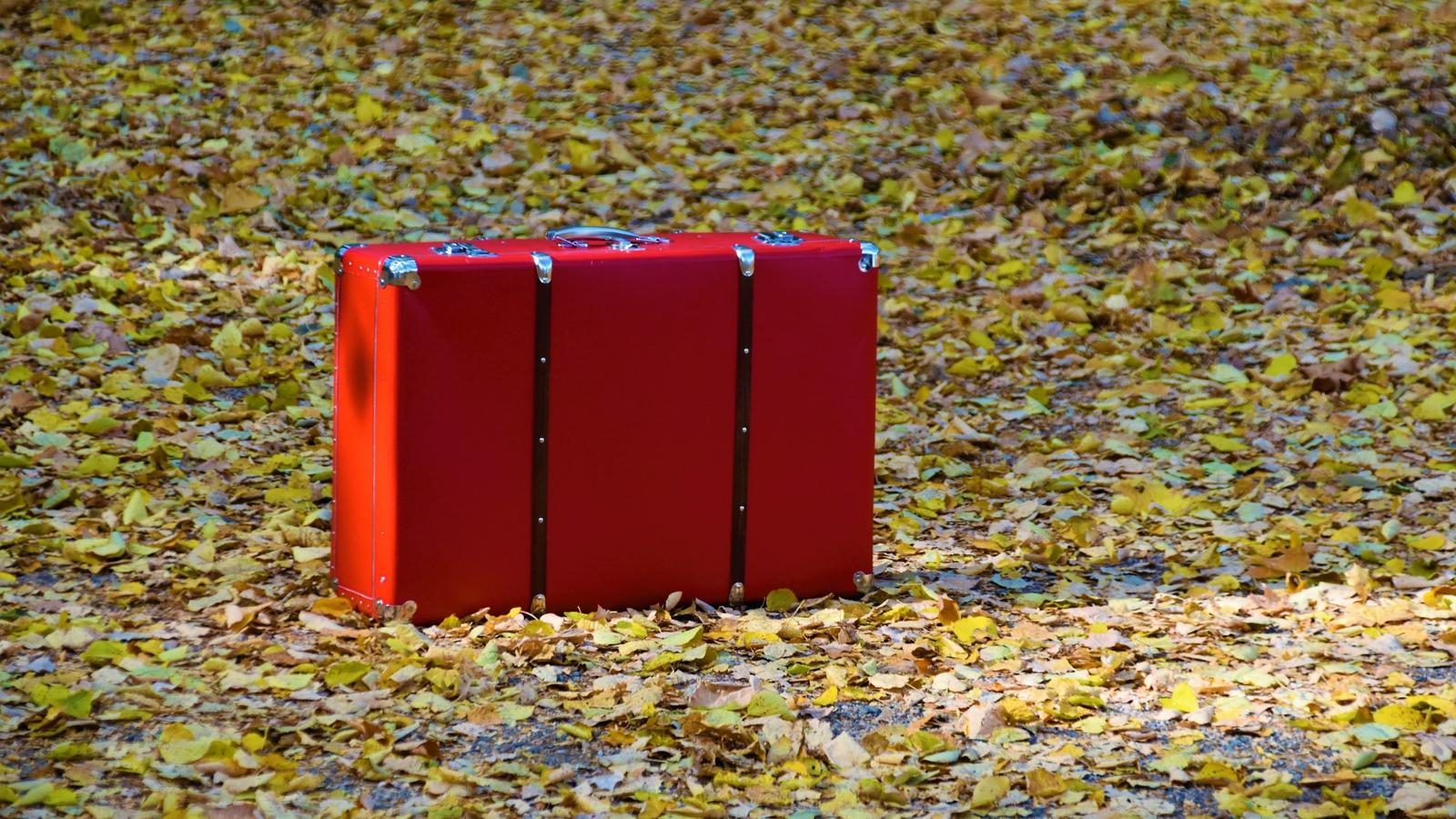
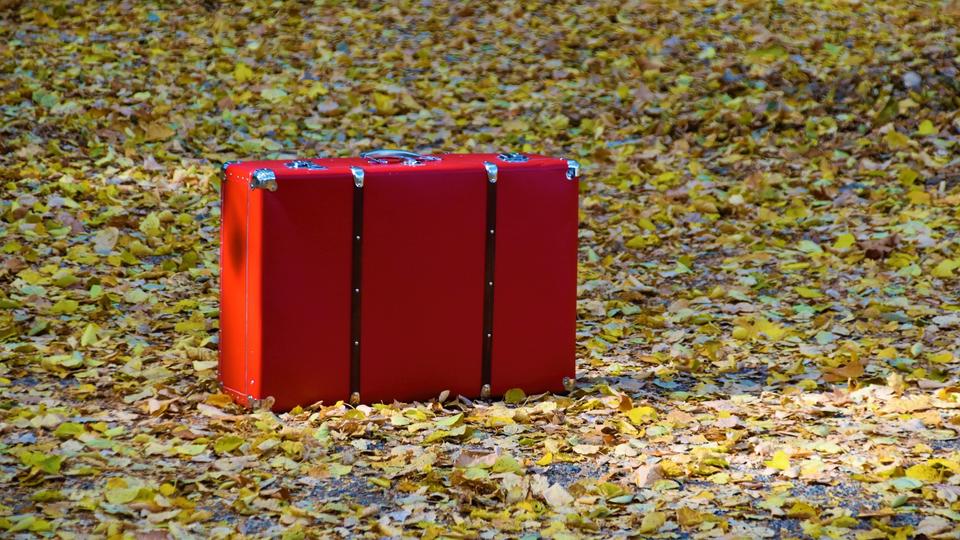
Essay by Rice Business Wisdom contributor Deborah Lynn Blumberg with commentary from Jaeyeon (Jae) Chung
How the science of possessions can help foster care kids
This article originally appeared in The Houston Chronicle as "Essay: Foster children face a tough journey - but one simple, household item can make it better"
In his nearly 17 years in foster care in Houston, David Daniels never had a suitcase, even though he lived in eight homes and three shelters.
Daniels entered foster care after parting with his biological parents who struggled with substance abuse. During the many moves that followed, he remembers placing his pajamas, underwear, a Yolanda Adams gospel CD and a Harry Potter journal in two black trash bags, cinching them shut, then slinging them over his shoulder.
That lack of luggage “made me feel unstable,” says Daniels, who happens to be a successful flight attendant now, interacting with his and other people’s luggage daily. “You feel like the throw-away kid, unwanted. Quality luggage is essential to a person’s life journey. It says: I matter, I’m important.”
Across the country, children in foster care often transfer their clothes and personal items like Daniels did, in big trash bags or even flimsy plastic grocery sacks. The problem isn’t trivial, even considering the other, monumental challenges these children face. The impact of this seemingly small indignity can be profound. It can exacerbate, or confirm in a child’s mind, the feelings of instability, powerlessness and even worthlessness.
Those feelings are especially concerning these days. During COVID, the number of children without placement across Texas reached an all-time high of 200, Lisa Bourgoyne, program director for The Children’s Assessment Center, says. Many children spend days in CPS office spaces with their caseworkers and nights in temporary placements until a suitable foster care home can be found. Each time they move between these temporary spaces, they have to pack up their belongings. The crisis has only sharpened the need for individual, decent luggage to help ground them emotionally.
“The commonly occurring moves from place to place are difficult enough for children,” Bourgoyne says. “Kids often come to us broken, and we want to bring hope and healing so that they can grow up to live healthy, productive lives.”
In fact, research has shown that the simple routine of being forced to transport worldly belongings in a trash bag can have far-reaching implications for foster youth, from their development, interpersonal relationships and even future success in life. On the other hand, research has shown that the simple act of supplying a child with a $20 suitcase sends the message that the child and his or her belongings have value in this world.
People often link their self-value to their possessions, particularly young children, who still see their cherished possessions as a representation of the self, says Rice Business professor Jaeyeon Chung. In a recent paper, Chung found possessions not only affect how we see ourselves, but also how we end up performing across various tasks.
The symbolism of the trash bag might lead children to wonder, “Am I a person of a less value? Or, is my cherished doll or toy just trash?”
Business owner Aprili Amani, now 33 years old, grew up in foster care both with family and non-family in Indiana. The one move to a relative’s home in which she had to use a trash bag still haunts her. She describes it as “one of the most embarrassing moments of my youth.”
“It did strike me, even in my youth, that we didn’t have the basic needs fit for moving — as were seen in commercials on TV, or what we would see around us,” Amani says. “It felt like people were looking at us and judging our worth based on what we used to move in to the next place. This is pretty sad for me to recall.”
Those types of thoughts and feelings only add to the number of challenges the country’s some 424,000 children in foster care each day already face as they enter the system. The average age of children entering care is eight, and many come from homes marked by domestic violence or drug use. One third of kids entering U.S. foster care in 2019 were young people of color.
Of Texas’ some 32,000 youth currently in foster care, nearly 6,000 live in the Houston area. Houston kids spend more time in care and have more placements than other kids in the state, says Arnold Valdez, director of family care services at Houston’s DePelchin Children’s Center. The distinction, he says, stems from the urban make-up of the area and the high number of custody cases languishing in court.
Moves for these children are often fraught with both emotional and developmental challenges. Departures from unsafe homes are many times rushed, and they can be dramatic. Children may have just five minutes to grab a few of their belongings before rushing off with an investigator from Child Protective Services.
“They’ve just lost everything that they know, sometimes even their siblings,” Valdez says. “It’s incredibly traumatic. That transition is something that a child never, ever forgets and that will affect them for the rest of their lives.”
Subsequent moves to different foster care homes due to space constraints take an even greater toll. Each time a child moves, they’re set back an estimated four to six months both academically and developmentally. “The move triggers previous trauma,” Valdez says, “and it becomes increasingly difficult for them with each subsequent move.”
In this environment, a trash bag sends a terrible message to children already at a low point that, “your whole life is trash,” Valdez says. DePelchin sources donations to make sure every child they place leaves with their own new suitcase or duffel bag. This small gesture ultimately has a huge impact.
Luggage, and essentials like deodorant or toothpaste, boost children’s sense of self-worth and self-esteem. “And it’s incredibly important for them to establish their self-worth,” Valdez says, “because there’s a stigma with being in foster care.”
For foster care kids, knowing they have value is far more than a state of mind. While it can help them establish healthy relationships later in life, it helps fortify them more immediately against bullying.
Without a positive sense of self-worth, foster kids are at deep risk of experiences such as those of Daniels, the flight attendant: “I was suicidal at 15 because I felt unloved and unwanted,” he says. “With this cycle of bouncing around from group homes to shelters, it’s hard for us foster kids to know who really cares about us.”
Though the challenges of Houston’s foster children can seem overwhelming, city residents can actually have an important impact “resetting the tone” for them by donating luggage at a difficult time. “It is possible that these kind gestures can make a positive impact on how children see themselves and how they perform in life,” Rice University’s Chung says.
After a major luggage drive last year, DePelchin received an outpouring of new suitcases. But they still need help during National Foster Care Month this month, and beyond. And while replacing a garbage bag with a decent suitcase may have the starkest symbolism, new children’s clothing, including pajamas and underwear also are in high demand, DePelchin officials say.
Gift cards — evanescent as they are — are also a powerful form of donation. That’s because it’s profoundly empowering for foster kids simply to be able to choose their own luggage or clothing, Valdez says. “Choices help give them a sense of power and control.”
For former foster child Daniels, with a job that takes him all over the world, every day is a reminder of the way physical objects can represent a feeling of home. A simple suitcase with one’s name on a luggage tag resonates emotionally over a lifetime, says Daniels, who now advocates for other children.
“It’s symbolic,” Daniel says. “It’s these small things that really do matter.”
Jaeyeon (Jae) Chung is an Assistant Professor of Marketing with the Jesse H. Jones Graduate School of Business at Rice University.
Blumberg is co-president of the Texas chapter of the American Society of Journalists and Authors.
Never Miss A Story
You May Also Like
Keep Exploring
Fed should talk about taking foot off policy pedal: Kaplan
Rice Business External Relations hosted a conversation with Dean Peter Rodriguez, Robert Kaplan and Bobby Tudor '82, on the economy and monetary policy.
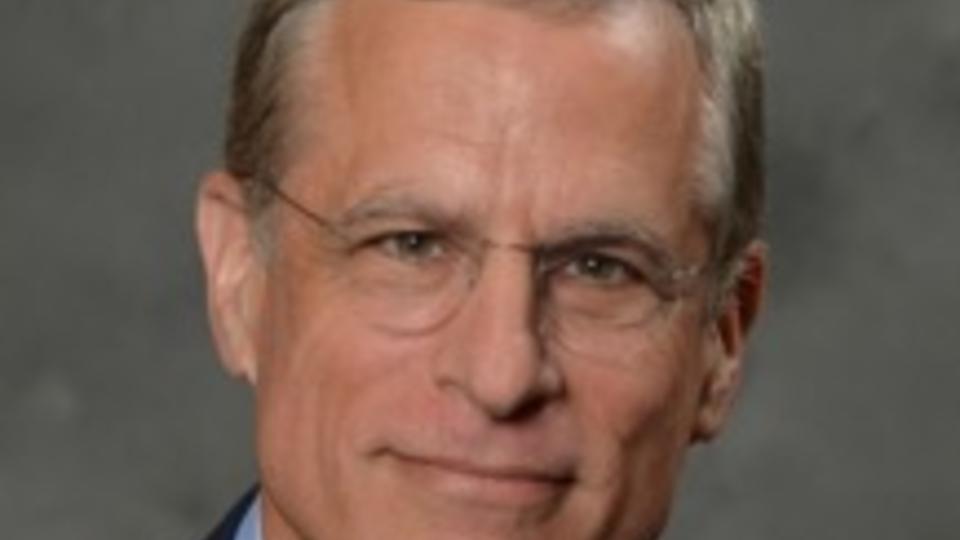
The Explorations of an Industry-Agnostic Alum feat Matthew Marand ’20
Season 1, Episode 20
This episode is part of a set of short interviews which were recorded during Alumni Reunion Week 2021. Be sure to listen to the other two Alumni Reunion Week episodes. Matthew Marand ’20 joins host David Droogleever in the Owl's Nest.
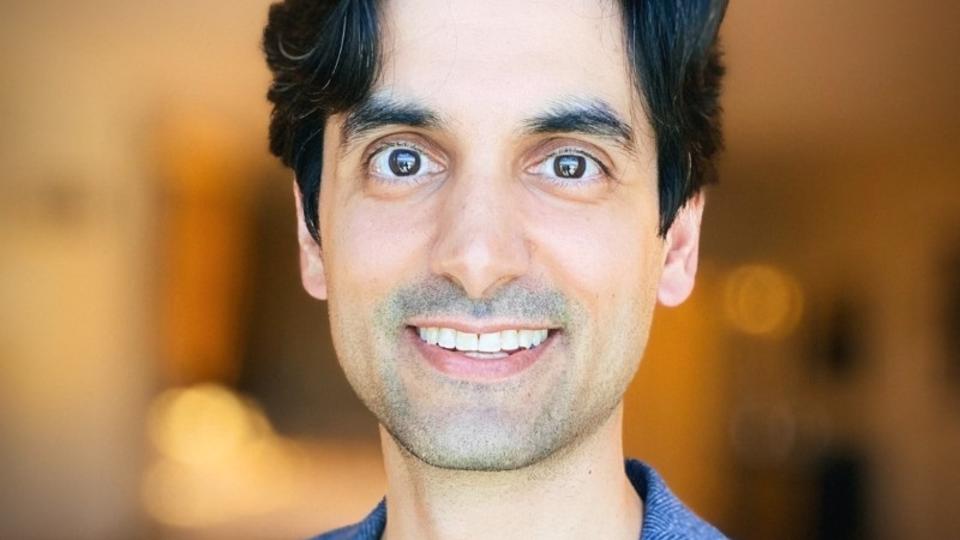
Owl Have You Know
Season 1, Episode 20
This episode is part of a set of short interviews which were recorded during Alumni Reunion Week 2021. Be sure to listen to the other two Alumni Reunion Week episodes. Matthew Marand '20 joins host David Droogleever in the Owl's Nest.
Subscribe to Owl Have You Know on Apple Podcasts, Spotify, Youtube or wherever you find your favorite podcasts.
You May Also Like
Meet Steve Jimenez, a 40 Under 40 honoree who used his veteran experience to found Hives for Heroes
Rice Business alum Steve Jimenez struggled with transitioning back to civilian life after leaving the Marine Corps. But he used that experience to form Hives for Heroes, a nonprofit that focuses on honeybee conservation, suicide prevention and a healthy transition from service.
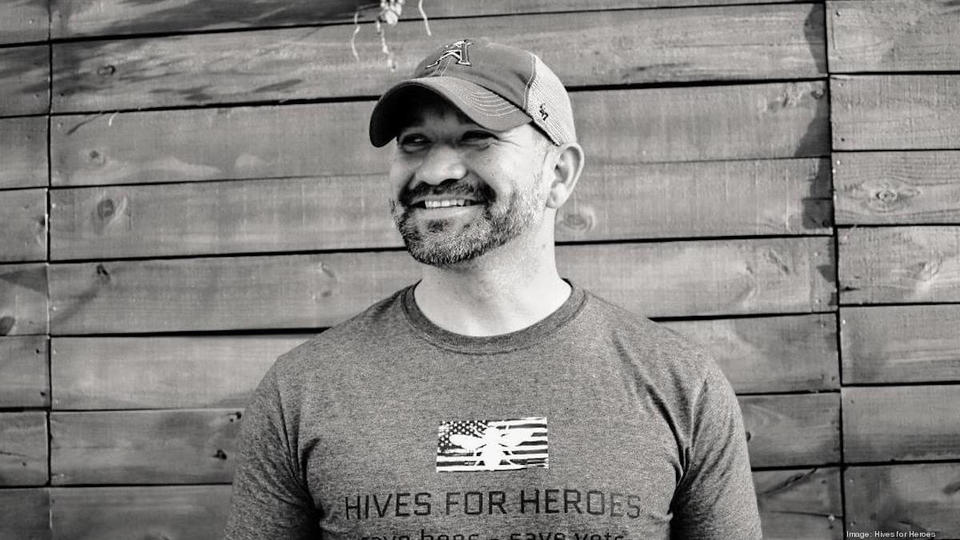
The Rice Report: Breaking The “Non-Traditional” Label
"For me the MBA helped me look at the world in a new way: an eyes wide-open, 360-degree, open-minded view. It’s with this view that we will grow with our teams, innovate, continue to learn, and become the leaders of the future." Written by Katie Chung, Rice MBA '21.
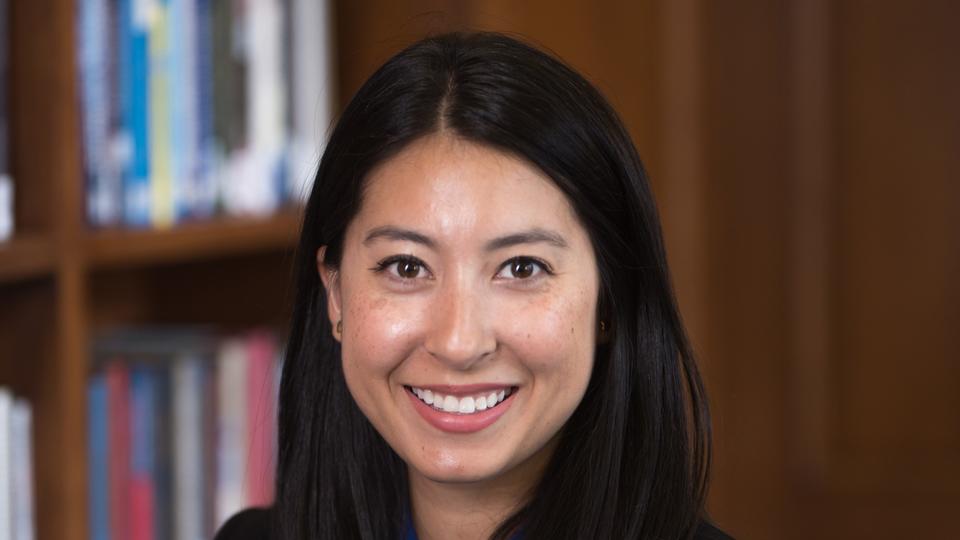
Essay: Foster children face a tough journey - but one simple, household item can make it better
Rice Business Professor Jaeyeon Chung says people often link their self-value to their possessions, particularly young children, who still see their cherished possessions as a representation of the self.

How an MBA Can Help You Advance in Your Field
Heidi Pozzo, an MBA alumna of Rice Business, says the B-school experience involves constant networking, since students frequently collaborate with their classmates while completing assignments. "If people are leveraging their network well, it can lead to opportunities in the future."
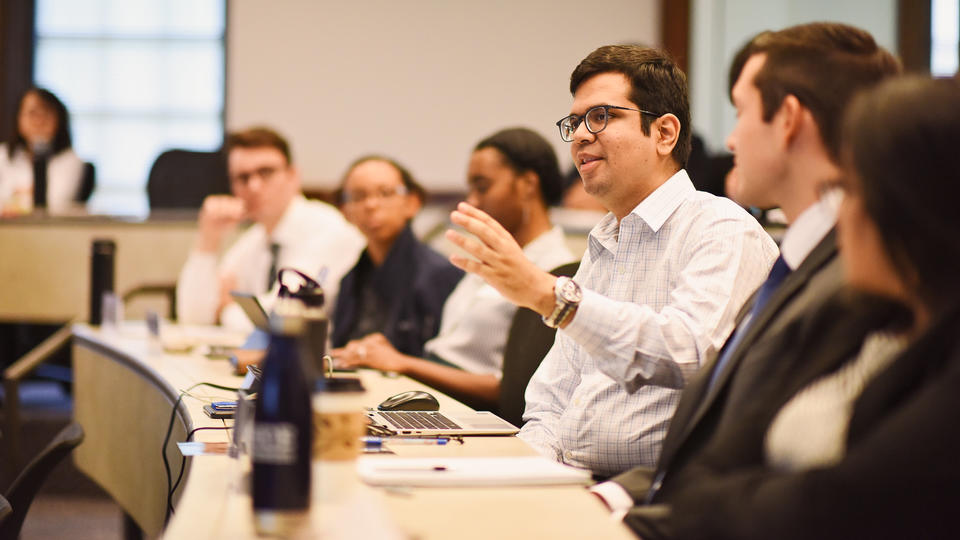
Research: Rice professor reports on the impact of personalized health care marketing
- Read more about Research: Rice professor reports on the impact of personalized health care marketing
In an award-winning paper, Rice Business Professor Vikas Mittal and colleagues developed new algorithms indicating that targeted, personalized outreach can increase screenings among at-risk patients. "Outreach marketing" was a powerful motivator for patients to get screened.

Scaling Up: A Journal of My Rice MBA Years
Life is all about choices, many of which are temporary. Some chances are worth taking, especially if they allow you to be a part of something larger than yourself.
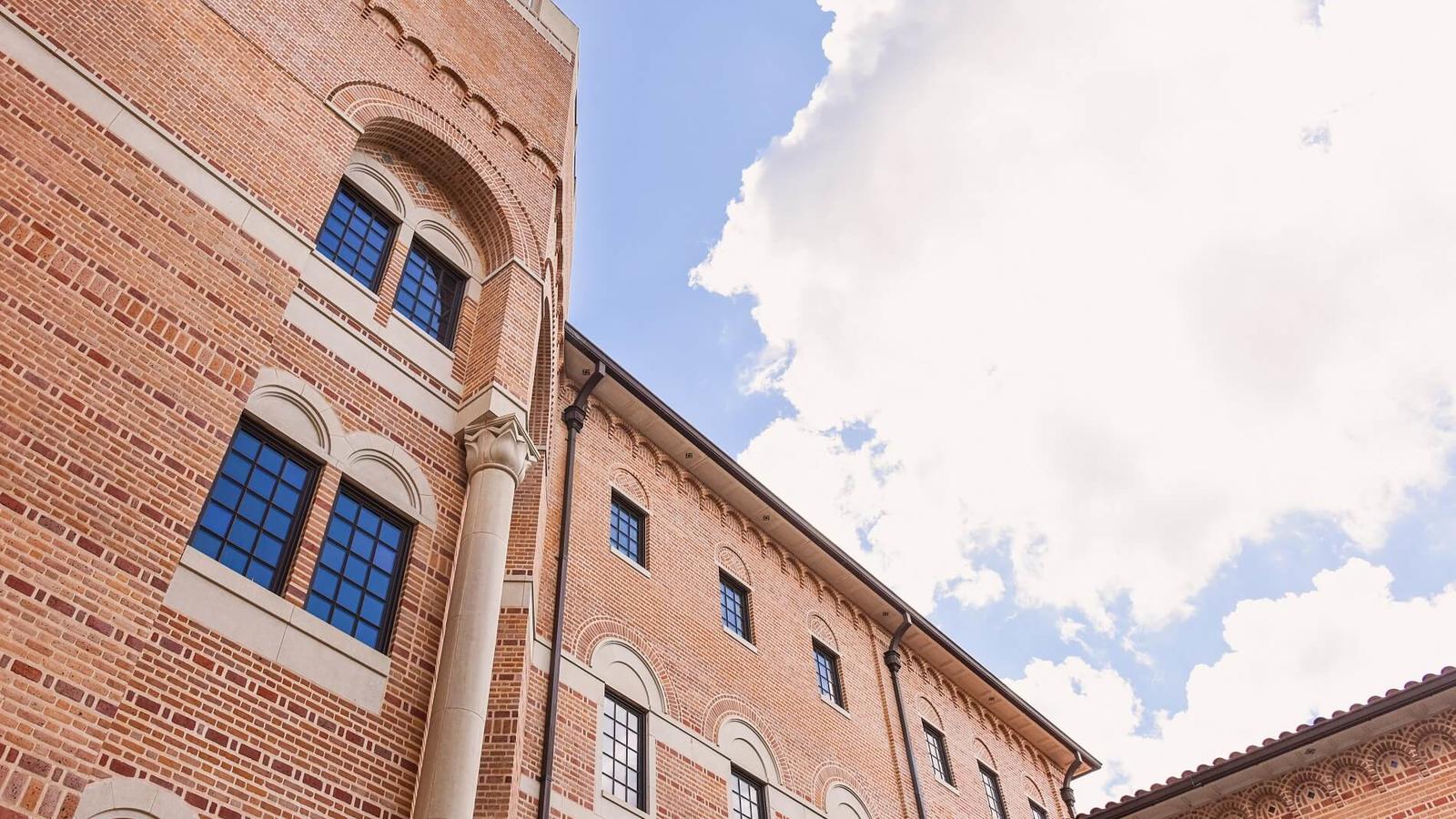
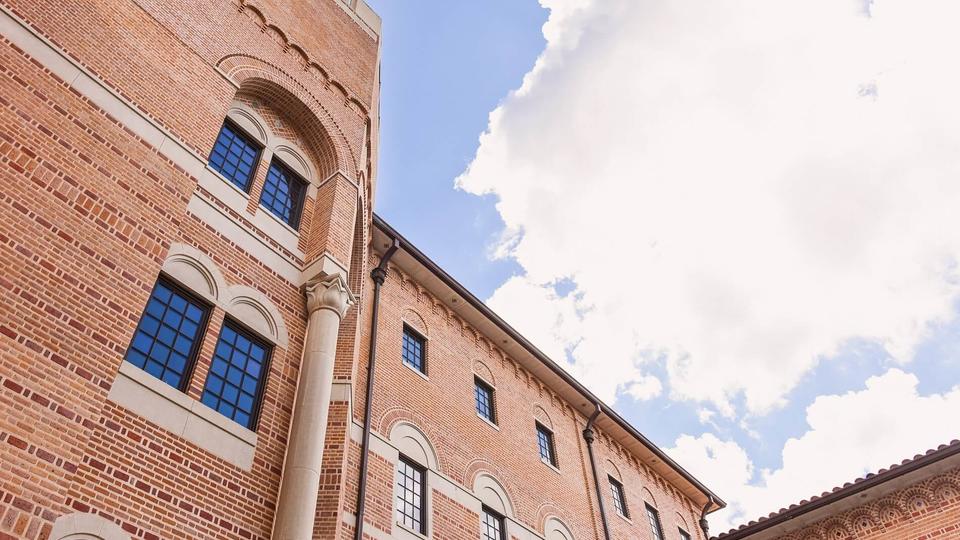
I vividly remember the day in early 2019 when the glass ceiling inside my mind broke open, thanks to my husband and my manager. They challenged my unconscious bias about working mothers settling for the status quo. I was intimidated by the thought of sacrificing family time for my career, let alone furthering my education with a second graduate degree. I learned that life is all about choices, many of which are temporary, and that some chances are worth taking, especially if they allow you to be part of something larger than yourself.
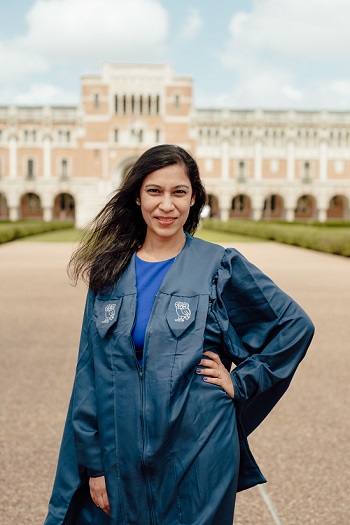
Why I Decided to Pursue an MBA
After a decade in engineering, I was in the same boat as many other professionals: debating between a technical and managerial career path. I pivoted to product management, which seemed to provide a happy medium for combining both skills. Soon after, I realized I needed to understand the commercial side of the business, including finance, accounting, how to generate value to customers and cash flow to the business. An MBA, I decided, was the tool I needed next to develop my career. Then, with the help of my husband and number one supporter, I created a detailed plan to manage the various responsibilities that were already on my plate. That included two toddlers, a demanding job, other family commitments and household chores. Speaking to a fellow mom who graduated from Rice a few years earlier helped me for the journey.
Becoming a Rice Owl
I then applied to Rice Business. I chose Rice because I was sure that an MBA from a prestigious university such as Rice would broaden my horizon, open doors for leadership opportunities and help me realize my professional, personal and community goals. Within a few weeks, I received word: I'd been accepted.
The first week of launch (Rice's program orientation) was the hardest. We all had to ramp up from zero to 60mph in what seemed like five seconds to keep pace with the curriculum. While reading numerous case studies (after years of non-focused reading) and loss of sleep were challenging, the excitement of meeting like-minded, Type A personalities, all wanting to make an impact on the world, was both energizing and inspiring.
Staying focused on weekend classes after a hectic workweek was daunting at first. Still, the cohort experience, sense of camaraderie, post-class fun (known as PCFs) activities, and intensely engaging classroom sessions, thanks to world-class professors, made the days go by quickly.
The end of the first semester felt like a feat. The sense of accomplishment when I got my grades made going back to school, adapting to the rigorous schedule, lack of sleep, long days, longer team calls (and a few healthy conflicts) worth the effort. The guest lectures, team building events like the Rice Owl Bowl and 'Owl'ympics are just a few examples of the enriching experiences at Rice Business.
Year Two
The next full year went by, thanks to the immense support from my phenomenal team of fellow students who accompanied me through lots of learning and relying on each other's strengths, both technical and soft skills (influencing, listening, critical thinking, negotiation and decision making). This team eventually became my closest set of friends that year. By graduation, they all knew the bedtimes of my kids and were used to waving them goodnight during weekly meetings.
Interested in Rice Business?
Challenges From COVID-19
Just when things were going quite smoothly, COVID-19 hit.
The hardest part, for so many of us, was the family challenges. I had to be away from my son for a few months when travel restrictions turned a short visit to his grandparents in India into an extended stay. He loved it, but for me, it was a sacrifice I'm never willing to make again. This, combined with the guilt that came from seeing my daughter fall asleep by my desk several nights, wanting to just be with her mommy, were some of the hardest moments during the course.
At Rice Business, there were so many people that helped smooth the way. I'm grateful to the entire Rice University team, including professors, the admin team, IT & support staff, and custodians, as well as the Jones Student Association for Professionals (JSAP) for their extra effort. They ensured we had a smooth transition to virtual schooling. While my cohort was disappointed about not visiting Argentina for the Global Field Experience or GFE (Rice University is one of the few schools to offer such an opportunity), virtual GFE taught us real-world management consulting experience. We learned how to make a positive impact on the bottom line of small organizations while also learning about their culture.
The Last Semester
The final semester was nothing but rewarding. Rice Business requires a Capstone consulting project for a non-profit organization – something that opened my eyes to the possibility that the professional community can help serve the larger community by using our networks and skills. This was proven when the Texas winter storm hit and the entire Rice community stepped in to help our project team provide Houston with food, water and blankets. The ability to make a difference in the lives of people while applying management concepts was a profound experience for me.
During the last semester, I also graduated from CoachRICE. This is a leadership coaching program from Rice's Doerr Institute that blends emotional intelligence training with proven coaching methodologies to help create effective leaders. CoachRICE helped train me to empower others to realize their full potential. It also helped me and my classmates set up a youth coaching program for high school students in partnership with an NGO, Amel Association Houston.
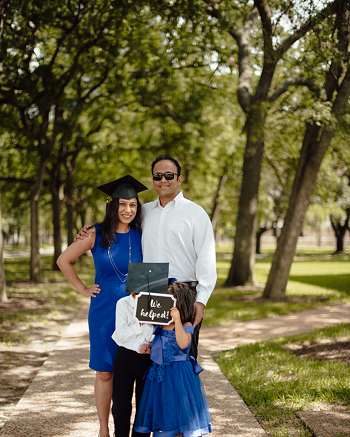
Navigating an MBA as a Parent
If you are a parent considering an MBA (or another degree): Be present. Be intentional. Try to see the big picture. Don't compare your journey with those of other students. Stay optimistic. Practice self-care. Define what success means to you, express gratitude to your support system and share the learning with your loved ones – make it a collective journey. Most importantly, accept help and help others whenever you can.
Looking back, was the experience challenging? Heck yeah. Expensive? Definitely. But the feeling of overcoming inhibition, breaking your own glass ceiling, being vulnerable, challenged, stretched, developing resilience, adapting quickly to stay in the game AND reaching the finish line: valuable for a lifetime.
Rice Business offers a comprehensive MBA experience, equipping students with skills in leadership, professional development, and networking. If you're interested in a supportive community offering Professional MBA programs and MBA Leadership Skills, learn more about our programs.
You May Also Like
Keep Exploring
Rice Business professor elected fellow of Academy of Management
Jing Zhou, the Mary Gibbs Jones Professor of Management and Psychology at Rice’s Jones Graduate School of Business, has been elected as a fellow of the Academy of Management (AOM).
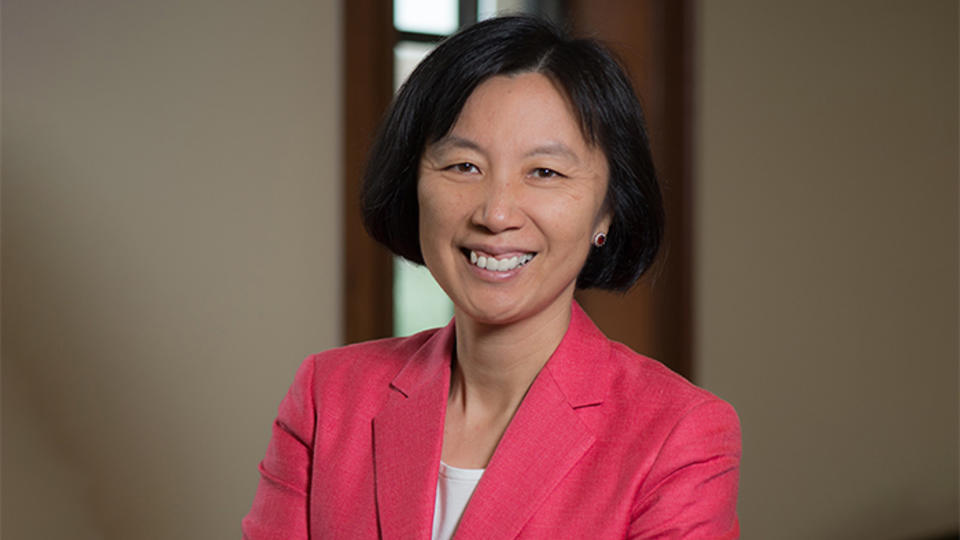
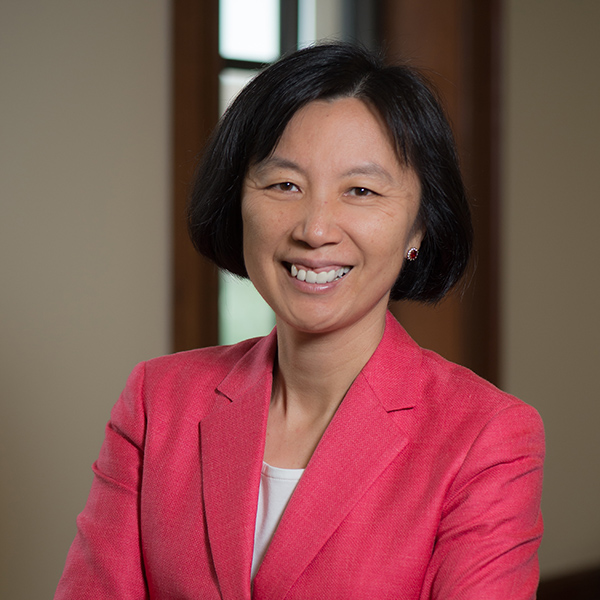
Jing Zhou, the Mary Gibbs Jones Professor of Management and Psychology at Rice’s Jones Graduate School of Business, has been elected as a fellow of the Academy of Management (AOM).
“(Zhou) joins a distinguished group of scholars (including two retired JGSB faculty, Jennifer George and Bob Hoskisson) to be recognized by the AOM for their significant contributions to the field of management,” wrote Jeff Fleming, deputy dean of academic affairs and the Fayez Sarofim Vanguard Professor of Finance at Rice Business, in a May 3 announcement to the JGSB. “This is a tremendous honor and one that is richly deserved.”
Zhou was nominated and elected for fellowship — the academy’s highest level of distinction — by sitting fellows. AOM has nearly 20,000 members from 120 countries. Members include professors and Ph.D. students from business schools around the globe, as well as academics in related social sciences and other fields.
Zhou is the organizational behavior area coordinator, director for Asian management research and education and director of the Ph.D. program at Rice Business. She has previously been elected a fellow of the American Psychological Association, the Association for Psychological Sciences and the Society for Industrial and Organizational Psychology.
A recent study ranked Zhou among the most influential 1% of researchers in business and management. Her work has appeared in top journals, she has co-edited several books on creativity in management and she has built a systematic research program on workplace creativity and innovation.
Zhou has received the Journal of Management’s Best Paper Award twice and served as an editor of the Journal of Applied Psychology and as president of the International Association for Chinese Management Research.



